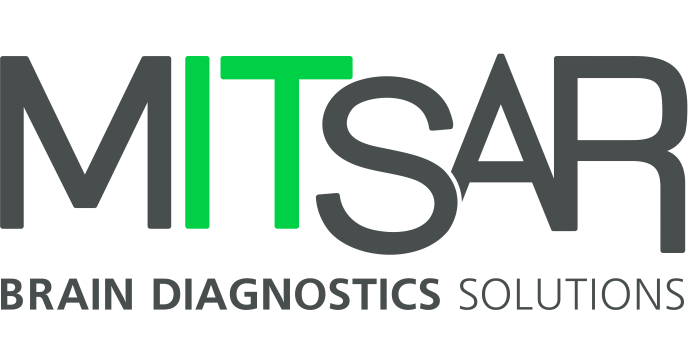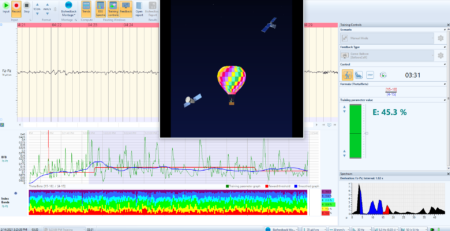BrainLoc: Revolutionizing EEG Source Localization in Clinical Practice
BrainLoc is software for 3D localization of electrical activity sources in the brain. Developed by Mitsar, this software offers innovative solutions for EEG data analysis, providing precise localization of pathological and functional brain activity. BrainLoc serves as a powerful alternative to traditional methods like LORETA (Low-Resolution Electromagnetic Tomography), widely used in neuroscience and clinical diagnostics.
What is BrainLoc?
BrainLoc provides comprehensive tools for the identification and mapping of brain activity sources using multi-channel EEG data. Its primary focus includes:
- Localization of pathological activity** in cases of epilepsy, tumors, or brain injuries.
- Mapping of evoked potentials**, rhythmic activity generators, and wave patterns.
Key features of BrainLoc include advanced algorithms, integration with MRI and CT data, and models for moving and stationary dipoles. These features enable the visualization of dipole sources in three orthogonal views, brain slice schematics, and tomographic images, offering a detailed understanding of the brain’s electrical activity.
By offering robust capabilities similar to LORETA, BrainLoc simplifies the process for clinicians and researchers through its intuitive design and flexible data handling. For more on LORETA and its applications, refer to this resource.
Clinical Case Study: BrainLoc in the Management of Temporal Epilepsy During Pregnancy
One of BrainLoc’s strengths lies in its application in challenging diagnostic scenarios. Below, we examine a clinical case that highlights its effectiveness in localizing epileptic activity.
Case Overview
A 29-year-old woman in her 32nd week of pregnancy presented with recurring episodes of consciousness loss and myoclonic jerks. She had a history of temporal lobe epilepsy, with a worsening of symptoms during pregnancy.
Diagnostic Insights with BrainLoc

Standard EEG assessments revealed spikes and wave discharges in the left temporal region. Using BrainLoc, clinicians localized the exact source of epileptic discharges in the brain. The software’s dipole modeling tools allowed precise mapping of the epileptic focus, which was crucial for adjusting the patient’s treatment plan.
Figure 1: EEG processing in BrainLoc 6.1. The source of epileptic activity is located in the mediobasal regions of the left temporal area.
Outcomes
The localization data from BrainLoc enabled the medical team to tailor a treatment strategy that minimized risks for both the patient and the fetus. Postpartum monitoring showed a significant reduction in seizure activity, underscoring the utility of BrainLoc in personalized care.
For detailed documentation of this case, see the original report.
Why Choose BrainLoc?
BrainLoc stands out for its accuracy, reliability, and accessibility. Its ability to integrate EEG data with imaging modalities and provide clinically actionable insights makes it an indispensable tool for neurologists and researchers. Whether you are diagnosing epilepsy, assessing cognitive disorders, or conducting advanced neuroimaging studies, BrainLoc ensures precision and efficiency.
References
1. Neuroelectrics Blog. (2014). *What is LORETA? What can I use it for?* Retrieved from https://www.neuroelectrics.com/blog/2014/12/18/what-is-loreta-what-can-i-use-it-for/](https://www.neuroelectrics.com/blog/2014/12/18/what-is-loreta-what-can-i-use-it-for/
2. VEEG.ru. (n.d.). *Clinical Case: Managing Pregnancy in a Patient with Temporal Epilepsy and Myoclonic Seizures*. Retrieved from https://veeg.ru/experience/publication/klinicheskij-sluchaj-vedeniya-beremennosti-paczientki,-stradayushhej-visochnoj-epilepsiej-s-mioklonicheskimi-pristupami)
3. The KEY Institute for Brain-Mind Research. (n.d.). Retrieved from https://www.uzh.ch/keyinst/





Leave a Reply